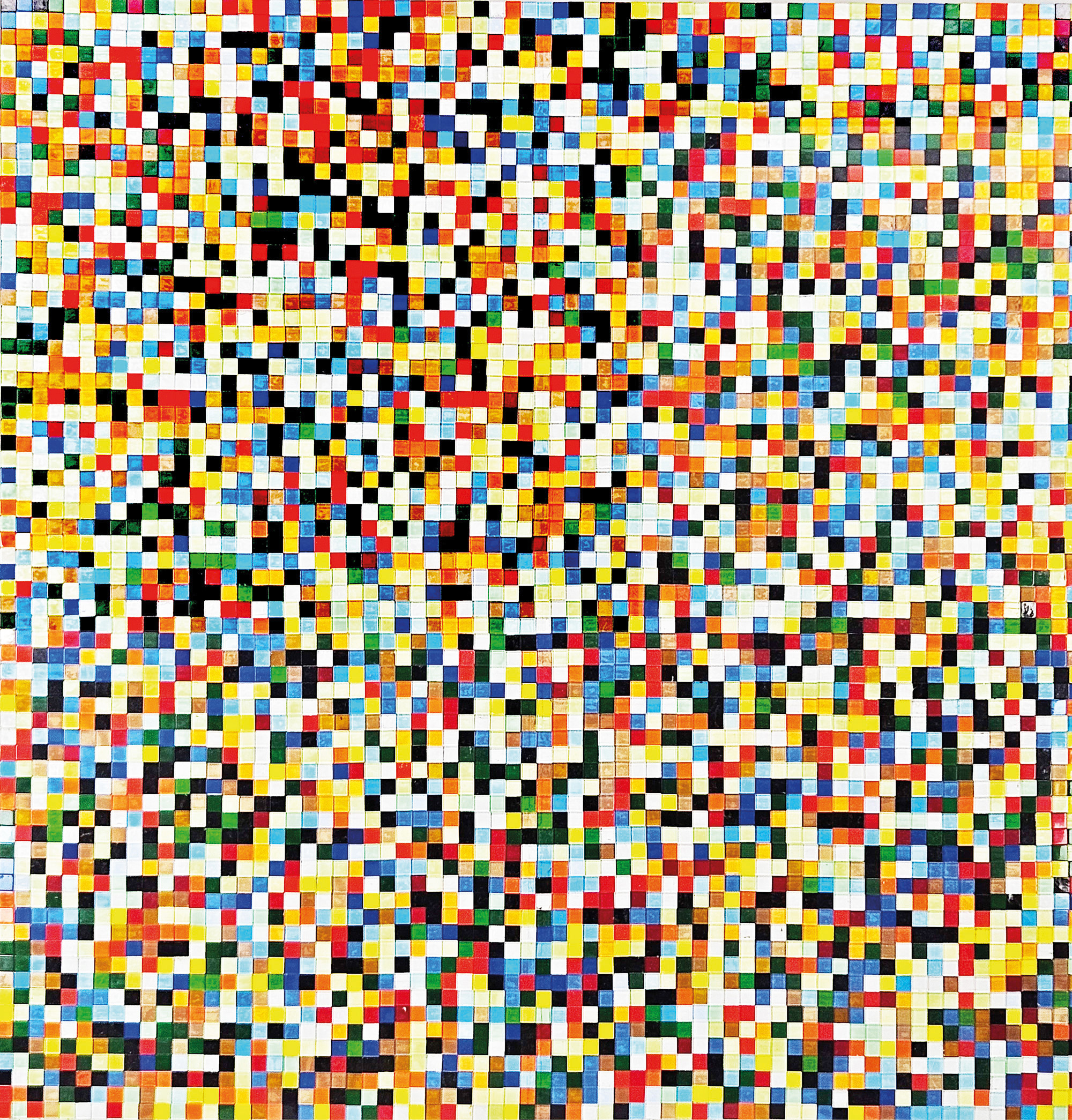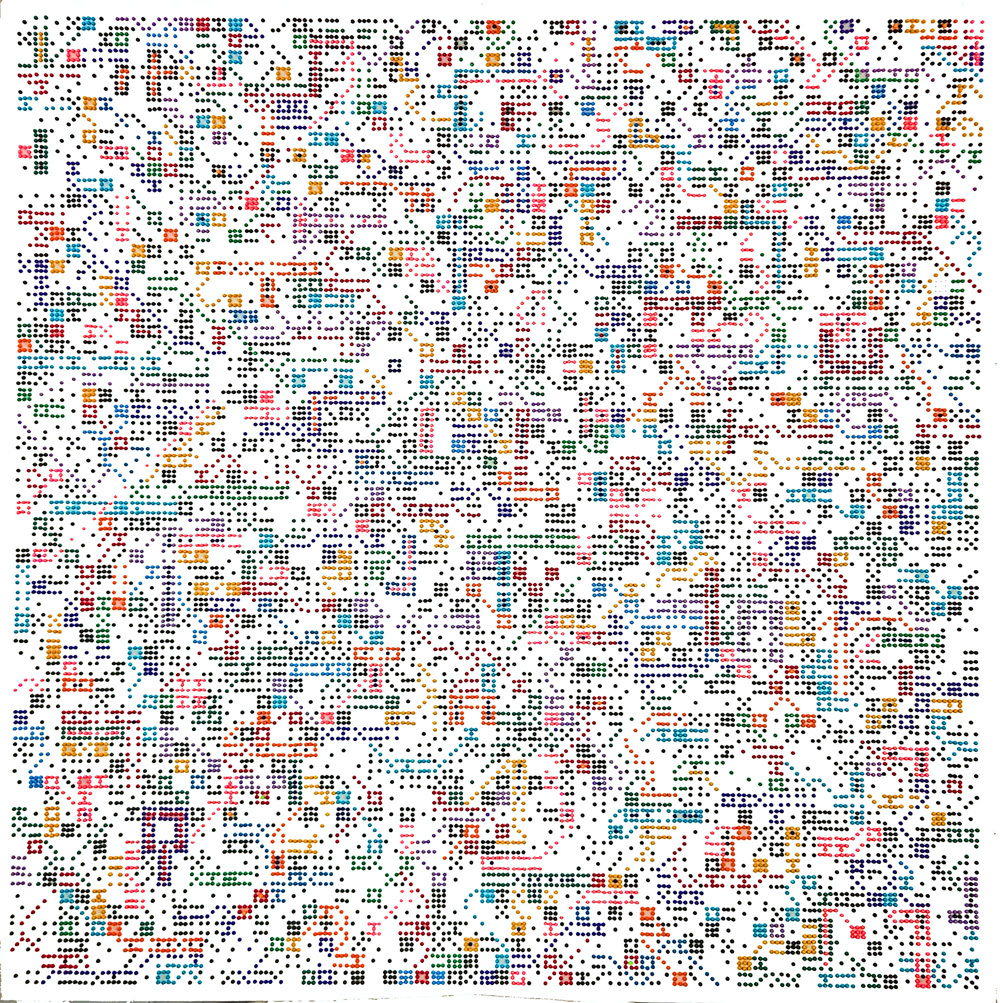| Stomachion | |||||
 |
Pi There is no other number that has captivated humanity as much as the mathematical constant Pi, which represents the ratio of a circle's circumference to its diameter (C=d*π). Its decimal expansion begins with π= 3.14159 ... and never ends. Pi has attained cult status. Pi enthusiasts celebrate Pi Day on March 14th (in U.S. notation 3/14). There is a world record for memorizing the digits of Pi: Indian Rajveer Meena holds the official record with 70,000 confirmed digits, which he recited flawlessly in 10 hours on March 21, 2015. Since antiquity, it has been known that the area of a circle is based on its circumference times the square of the radius (A = π*r²). Therefore, for centuries, attempts were made to construct a square with the same area as a given circle. It was not until 1882 that it was proven that squaring the circle is impossible. Pi is a transcendental, irrational number, meaning it cannot be expressed as a fraction of two whole numbers. Its decimal digits exhibit no periodicity, and no other number displays such seemingly random digits. On March 14, 2019, Pi Day, Google calculated Pi to exactly 31,415,926,535,897 digits (31.4 trillion, reflecting the first 13 decimal places). However, this record was surpassed in 2021 by Swiss researchers, who computed it to 62.8 trillion digits. Their computer system took 108 days and 9 hours for the calculation. There have been mathematicians in the past who dedicated their entire lives to determining more and more digits of Pi. The quest for more Pi digits serves little purpose other than testing the reliability of a newly developed computer. However, searching for patterns in the endless stream of digits could be significant for our understanding of physics, geometry, and mathematics. Mathematicians speculate that Pi is "normal," meaning that all digits are equally likely to occur, as are all pairs of digits, all triplets, and so forth. For example, it is expected that the digit 7 occurs approximately one million times among the first 10 million decimal places of Pi. It actually occurs 1,000,207 times, which is quite close to the expected value. If Pi is a normal number, then within the infinite sequence of digits, it is almost certain that the mathematical encoding of a piece of Shakespeare or all of our genetic codes could be found. While mathematicians conjecture that Pi is normal, proving this would require a new, higher mathematical understanding |
Acrylic tiles on lightweight panel (70 x 70 cm). Depicted are the first 4900 decimal places of Pi. Each digit corresponds to a different color. |
|
 |
|
Pins on lightweight panel (100 x 100 cm). Representation of the first 3600 decimal places of Pi with markings of the nine domino tiles. |